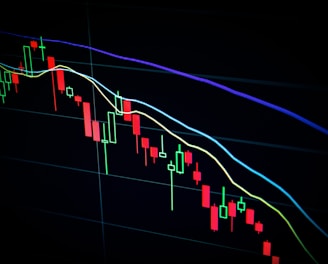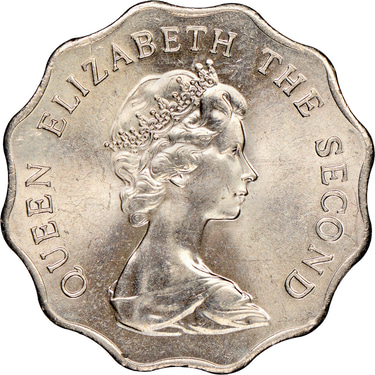Use Desktop for Better Experience
A Behind-the-Scenes Look at a Bank’s Treasury Function
FINANCIAL
Ryan Cheng
4/8/20253 min read


When most people hear the word “treasury,” they may think of a national treasury or government department. But within a commercial or investment bank, the “treasury” is a specialized team handling critical financial activities that help keep the bank running smoothly. Although it often operates in the background, the treasury team plays a crucial role in ensuring stable funding, managing risk, and supporting the bank’s broader business objectives. In this blog post, let’s explore some of the treasury’s main functions and see how they work together to serve both the bank and its clients.
Pricing and Issuing Certificates of Deposit (CDs)
A certificate of deposit (CD) is typically a short-term, bearer instrument that represents a deposit placed with the bank at a specified interest rate for a fixed period. It functions like a promise to pay back the principal plus interest when the CD matures—often within one year.
Banks use CDs to raise funds in a cost-effective manner. By setting competitive interest rates, they can attract buyers ranging from institutional investors to corporate treasurers. Once the CDs are issued, treasury monitors market conditions and investor demand to price new issuances appropriately.
Hedging General Market Risks
Risk management is central to any treasury function. Market variables—particularly interest rates and exchange rates—are constantly in flux. Treasury teams employ a range of instruments, including forwards, swaps, and futures, to insulate the bank’s balance sheet from unexpected swings in foreign exchange or interest rates. By “locking in” specific prices or rates, hedging instruments help stabilize the bank’s exposure and enable it to focus on core lending and business activities without worrying excessively about volatility.


Interbank Dealing, FX Products, and Money Market Arbitrage
Treasury also handles transactions within the interbank market, where large-scale trades of currencies and financial instruments take place among banks and other financial institutions. This can involve:


Money Market Arbitrage
Capitalizing on varying interest rates or pricing of short-term instruments – such as Treasury bills, commercial paper, and certificates of deposit – to generate returns with minimal risk.
FX Arbitrage
Identifying price differences in currency pairs across various markets and exploiting them for profit.
These activities help the bank maintain liquidity, optimize returns, and support other business units that rely on efficient foreign exchange and money market operations.
Asset-Liability Management and Treasury Curve Pricing
Another critical task of treasury is matching the bank’s assets (like loans and investments) with its liabilities (like deposits and borrowings). This is called Asset-Liability Management (ALM). By monitoring costs of funds in various currencies and market segments, treasury updates the treasury curve—the interest rate curve that the bank uses internally to price loans and other products. Consistent and accurate treasury curve pricing helps the bank offer competitive rates to clients while covering its own funding expenses.
Practical Examples
To understand these functions in real-world scenarios, let’s look at two simplified examples:




Deposit from a German Desk Client
Imagine a corporate deposit of USD 10 million at a 3% interest rate:
The treasury can place these funds in the interbank market for 4%, earning a spread.
It also compensates the originating desk internally (e.g., 3%).
Treasury is responsible for ensuring that any foreign exchange fluctuations (if the funds were swapped to a different currency) or interest rate shifts are adequately hedged.
Project Finance Loan
The treasury might take on the currency or interest rate risk for a loan the bank extends to a project finance client. Suppose the client needs USD 10 million at an interest rate of 4.5%:
Treasury might fund itself at a slightly lower rate (e.g., 4%) from external markets for USD 10 million.
Then it lends those funds internally to the project finance team, which on-lends to the client at 4.5%.
The difference in rates helps cover costs and risk, while treasury uses hedging instruments to manage any currency or interest rate exposures it encounters.
